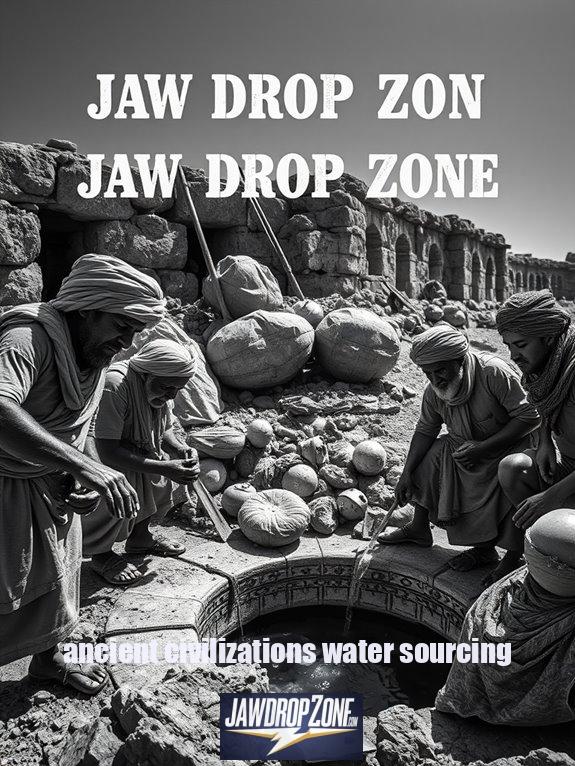Ever wonder how ancient civilizations transformed plain fabrics into vibrant works of art? They didn't have the luxury of synthetic dyes; instead, they relied on nature's palette. Imagine this: tiny bugs for red, indigo plants that could stain hands, and labor-intensive methods like tie-dye. Fading colors were a constant battle, yet trade routes spread these secrets like wildfire. Curious about how these time-honored techniques shaped today's fashion? Stick around to unravel more fascinating tales from the textile world!
Quick Takeaways
- Ancient textile dyeing utilized natural resources like plants, insects, and minerals for color extraction.
- Cochineal and indigo were prominent sources, each requiring labor-intensive methods for dye production.
- Natural dyes often faded quickly, leading to ongoing maintenance challenges for vibrant colors.
- Trade routes facilitated the exchange of dyeing techniques, enhancing cultural diversity in practices.
- Historical dyeing methods influenced modern textile industries and continue to inspire contemporary fashion.
Ancient Techniques of Textile Dyeing

Have you ever wondered how people in ancient times managed to color their fabrics without the convenience of modern dyes? Visualize this: it's 10,200 BC, and you're stuck in a cave, your wardrobe's a bit drab, and you're desperate for a splash of color. Well, our ancestors weren't about to let a little thing like a lack of synthetic dyes hold them back!
They turned to nature—plants, insects, and minerals became their trusty sidekicks in the quest for vibrant hues. Ever heard of cochineal? That's right, those were tiny bugs turned into red dye! It's like a horror movie with a fashion twist. And don't get me started on indigo. Who knew the secret to blue fabric was just a plant and some serious elbow grease? Natural dyes were often combined with mordants like vinegar and salt to help them adhere to fabrics, showcasing the ingenuity of early dyers.
But here's the kicker: these dyes had a tendency to fade faster than your New Year's resolution. Envision wearing a brilliantly colored tunic, only for it to look like it just survived a wash cycle in the Stone Age.
Thanks to trade routes like the Silk Road, techniques and colorful secrets spread faster than gossip in a village. So, while our ancestors were busy experimenting—think boiling fabrics with questionable substances—they were also crafting a rich tapestry of culture and economy.
Isn't it wild to think that what we wear today has roots in such a colorful past? I created this website, Jaw Drop Zone, because these stories deserve to be told!
Labor-Intensive Fabric Dyeing Techniques

While you might think that dyeing fabrics is a straightforward task, let me assure you, it's anything but simple!
Envision tying fabric tighter than a bad prom date just to create a pattern! From batik to tie-dye, these techniques require a small army.
And trust me, when you're using indigo, you might just turn into a smurf before you're done!
References
- https://study.com/academy/lesson/textile-dyes-history-toxicity-pollution.html
- https://study.com/learn/lesson/textile-dyeing-overview-types-process.html
- https://www.faribaultmill.com/blogs/the-thread/the-history-of-textile-dyes
- https://www.britannica.com/topic/textile/Dyeing-and-printing
- https://www.sourceoffabric.com/history-of-fabric-dyeing/
- https://seamapparel.com/blog/fabric-dyeing/
- https://www.sourceoffabric.com/methods-of-dyeing-fabrics/
- https://www.cottonmonk.com/blog/the-fascinating-process-of-textile-dyeing/
- https://www.onlinefabricstore.com/makersmill/8-fabric-dyeing-techniques/






